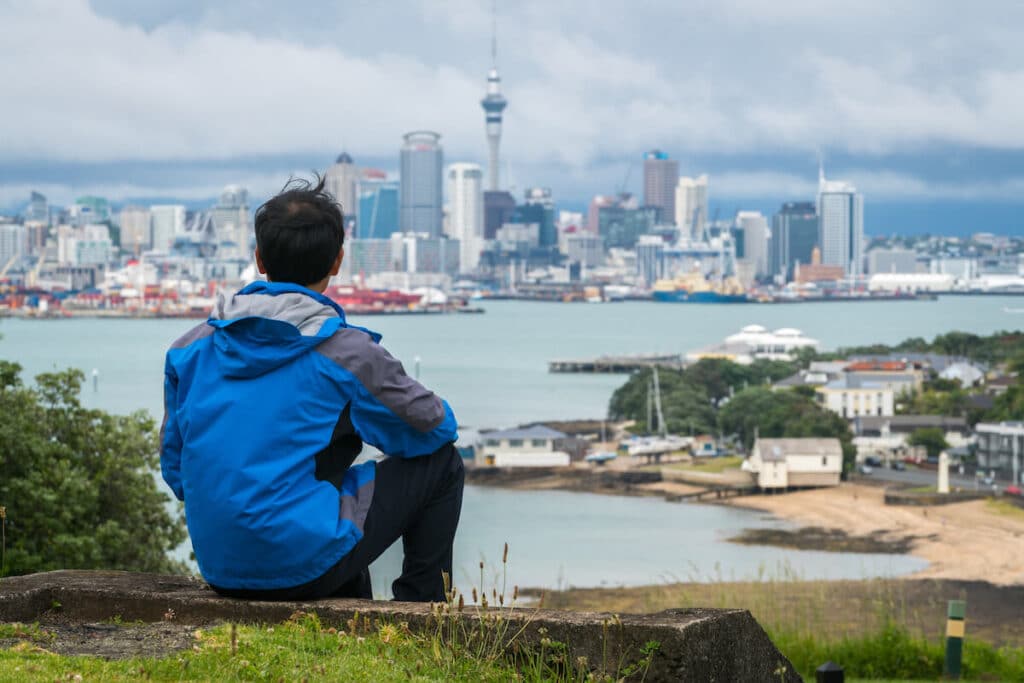
The Philippines, a Southeast Asian nation known for its stunning landscapes and vibrant culture, offers a low cost of living that attracts visitors and expatriates from across the globe. While its cost of living is comparable to other Southeast Asian countries like Indonesia and Thailand, it is significantly lower than cities like London or Singapore. However, the cost of living in the Philippines varies greatly depending on your lifestyle and where you choose to reside.
Here’s a comprehensive guide to the cost of living in four key Philippine cities and how to calculate your average monthly expenses.
How to Determine the Cost of Living in the Philippines
The cost of living is an estimate of monthly expenses for essentials like food, housing, healthcare, and transportation. Data from sources like NomadList and Teleport provide a comparative perspective on living expenses in the Philippines for both locals and expatriates. For instance, a software engineer in Manila earns an average salary of £12,700 per year, compared to £38,400 in Singapore. Retirees or digital nomads from the UK often find their money goes further in the Philippines than it would at home.
The official currency of the Philippines is the Philippine peso (₱). For simplicity, all prices in this guide are converted to pounds sterling (GBP) at an approximate exchange rate of ₱1 = £0.014. Exact rates will depend on fluctuations.
Send and Receive Money Internationally in the UK with Remitly.
Get started with our free mobile app.
Download
The Cost of Living in the Philippines by City
As in most countries, major cities like Manila and Quezon City tend to be more expensive than rural areas. Here’s what to expect in four popular Philippine cities:
Manila
Manila, the capital, is a bustling metropolis with a population of nearly 2 million. It offers an urban lifestyle with excellent international travel connections.
- Cost of living for expats: ~£1,140/month
- Cost of living for locals: ~£820/month
- Housing: ~£735/month for a studio flat
- Food: ~£3.90 for dinner, ~£0.95 for coffee
- Transport: ~£16/month
- Gym membership: ~£34/month
Cebu City
Cebu City, a central hub and tourist hotspot, is less expensive than Manila while maintaining a similar quality of life.
- Cost of living for expats: ~£980/month
- Cost of living for locals: ~£675/month
- Housing: ~£665/month for a studio flat
- Food: ~£2.30 for dinner, ~£0.53 for coffee
Baguio
Known for its cool climate and lush forests, Baguio offers a quieter lifestyle, ideal for students and retirees.
- Cost of living for expats: ~£1,160/month
- Cost of living for locals: ~£630/month
- Housing: ~£545/month for a studio flat
- Food: ~£3.90 for dinner, ~£0.94 for coffee
Davao
Situated in the south, Davao boasts affordability, natural beauty, and a thriving agricultural scene.
- Cost of living for expats: ~£740/month
- Cost of living for locals: ~£475/month
- Housing: ~£390/month for a studio flat
- Food: ~£3.40 for dinner, ~£0.94 for coffee

Average Monthly Living Expenses in the Philippines
Manila has the highest cost of living, while Davao and Baguio are more budget-friendly. However, your actual expenses depend on your lifestyle. Retirees or professionals accustomed to UK living standards will likely find the Philippines far more affordable.
Factors Affecting the Cost of Living
Housing
Accommodation is the largest expense for most people. A centrally located studio flat in Manila might cost ~£735/month, while rural areas are significantly cheaper. Foreign nationals can purchase condominium units but not standalone properties.
Food and Drink
The Philippines is known for affordable and delicious cuisine. Dining at local eateries is significantly cheaper than international chains. A mid-range meal in Manila costs ~£3.45, while a cappuccino is ~£2.25.
Healthcare
Healthcare is free for Filipino citizens through PhilHealth. Expats will need private health insurance, which can cost between £20 and £860 annually, depending on coverage.
Transportation
Public transport is highly affordable. Jeepneys, the iconic shared minibuses, cost just a few pence per ride. Intercity travel is more expensive, with buses being the primary mode of transport. Owning a motorcycle is a cost-effective option for those who prefer private transport.
Cost of Living in the Philippines FAQs
Is the cost of living in the Philippines really cheaper than the UK? Yes, the Philippines offers a significantly lower cost of living. For example, monthly expenses for an expat in Manila average ~£1,140, compared to ~£3,000 in London.
How much does it cost to rent a flat in the Philippines?
Rent varies widely based on location and property type. A studio flat in Manila city centre averages ~£735/month, while similar accommodations in Davao cost ~£390/month. Rural areas are significantly cheaper, with some rentals costing as little as ~£100–£200/month.
How affordable is food in the Philippines?
The Philippines is known for its affordable food. Dining at local restaurants costs as little as ~£2–£4 per meal, while groceries for a week average ~£20–£30 per person. Imported goods and dining at Western-style restaurants are more expensive.
How do utility costs in the Philippines compare to the UK?
Utility costs in the Philippines are generally lower. On average, electricity, water, and rubbish collection cost ~£60–£90 per month for a small flat, depending on usage and location. Air conditioning may increase electricity costs, especially in hotter regions.
What is the average monthly budget for a single person in the Philippines?
A single expat in a mid-sized city like Cebu or Davao can live comfortably on ~£700–£1,000 per month, covering rent, food, utilities, and transportation. In Manila, this may increase to ~£1,200–£1,500 per month due to higher housing costs.
